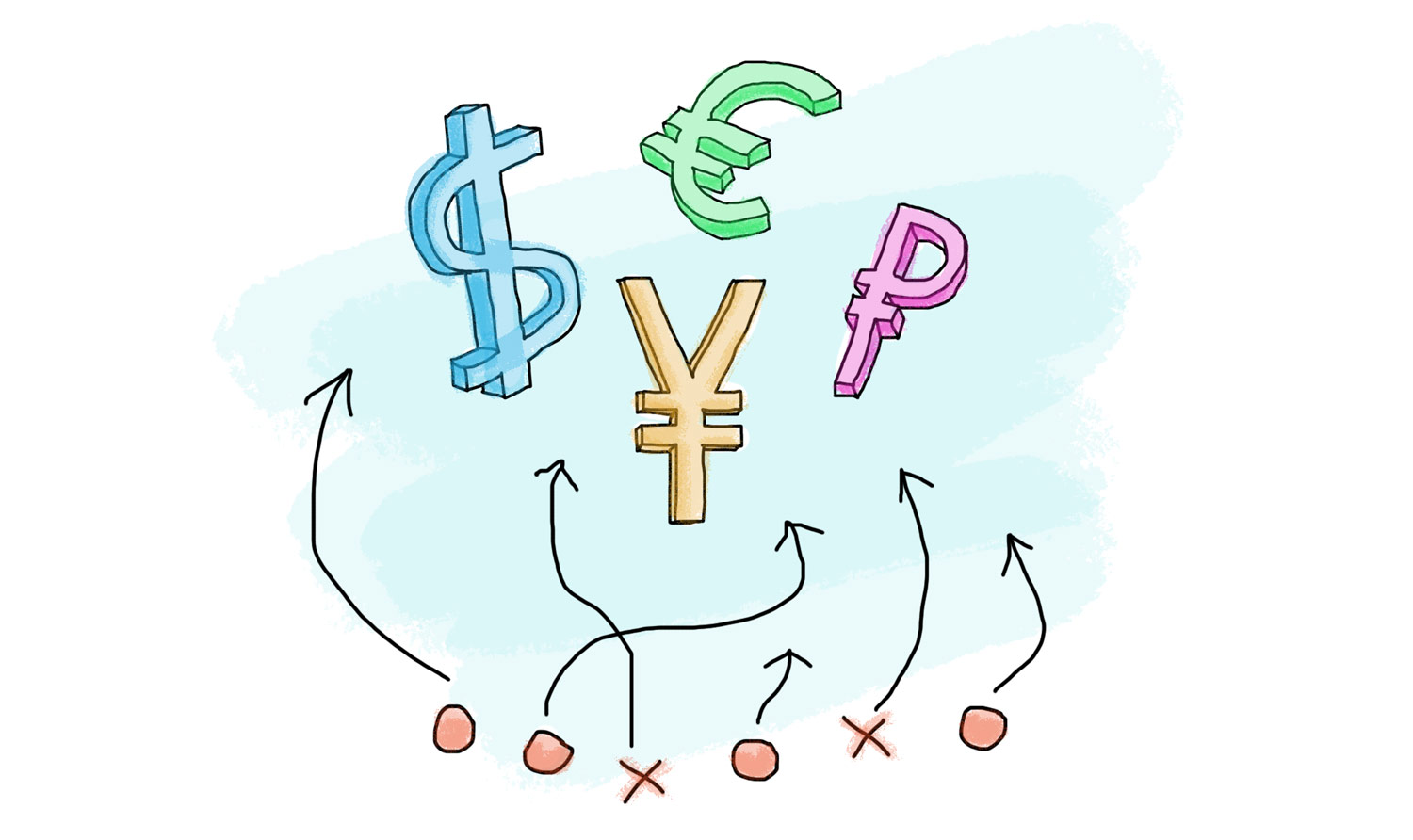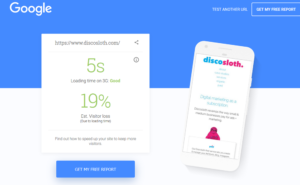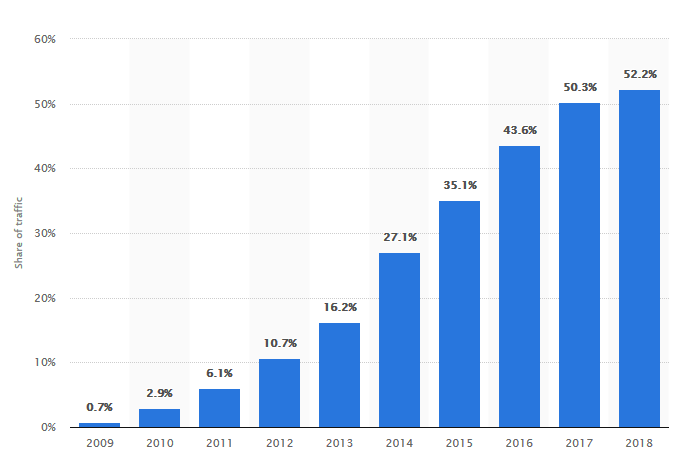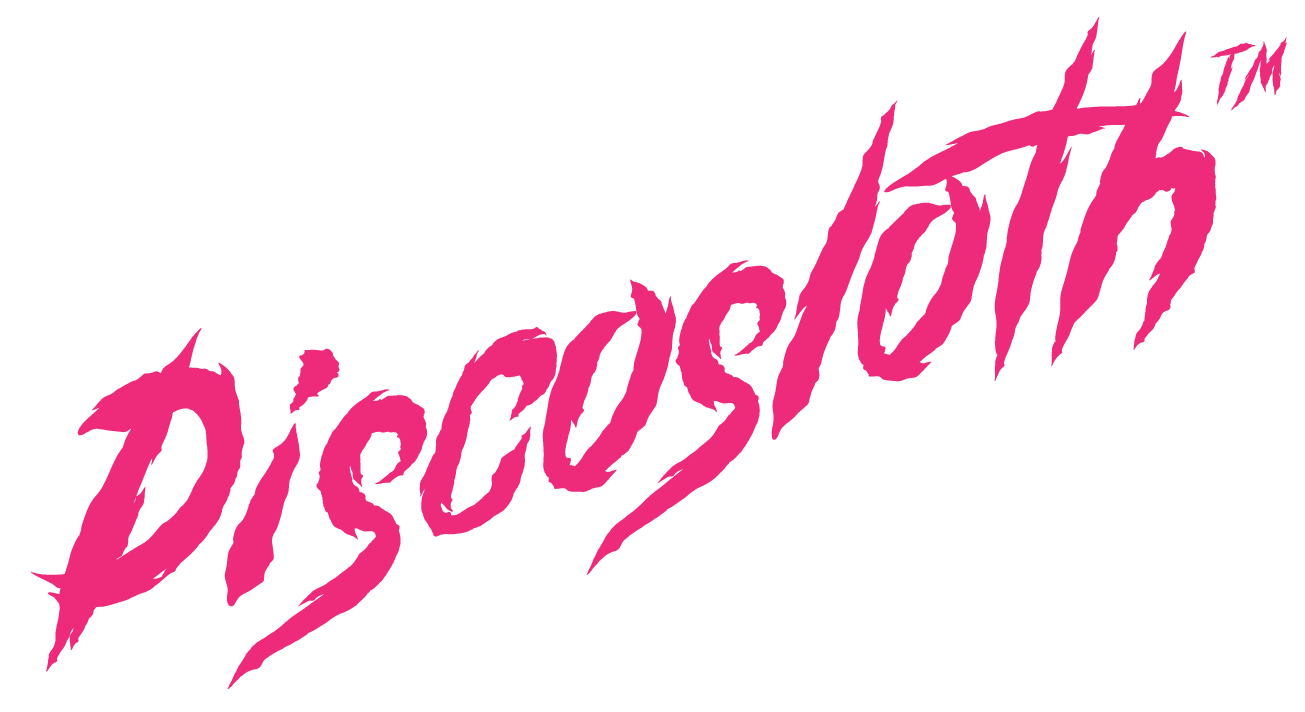
Chapter 1: Before You Start PPC
1.1 How does this guide work?

Welcome! We will spend the first two chapters going over strategy. Beginning in Chapter 3, we’ll dig into the actual nuts and bolts of putting a campaign together.
We’re going to go through the entire campaign process, from keyword research to performance analysis, using an imaginary client Anya’s Organics.
Anya’s Organics is a small Californian juice company that bottles their own juice. They currently sell in stores, but they recently built an ecommerce website to start expanding across the entire West Coast (where all the hippies are). We’ll help Anya’s Organics implement their campaign, and by following along you’ll learn how to do just the same!
This guide isn’t about which buttons to click and interface panels to open. It’s not going to tell you specific processes like how to filter data by campaign name, for example. You can just Google things like that.
It’s like playing baseball. Anyone can pick up a bat and learn how to hit a ball. But how do you win a game? Just having technical skill gets you nowhere. Strategy and psychology is the crucial element behind a winning team.
In this guide, we’re going to talk more about the strategy and psychology behind a profitable PPC campaign. If you’re just searching for setup instructions, there are plenty of them created directly by Google, which we link to in our resource chapter.
PPC (pay-per-click) is a tool that helps you get in front of your customers. You can use it to promote your business, sell your services, increase brand awareness or just get more traffic to your website or app…or even your offline grocery store.
We’ll use an imaginary client as an example throughout this entire course. You can download the campaign we’ll be using as an example to follow through. To do that, create a free Google Ads account. Second, download the Ads Editor. The editor will allow us to import our training campaign into your Google Ads account. You can find the instructions on how to do it on Google’s support site.
1.2 What Is PPC and How Does It Work?
PPC advertising is the way in which companies display their ads in search engines and other platforms. The most effective ads show when a user is searching for their products or services, or for other closely related search queries.
PPC stands for “pay per click”. It means that the advertiser pays only when someone clicks directly on the ad. It’s a easy way of getting users to your website, without waiting for your website to be visible organically.
The most known PPC “providers” are search networks, like Google, Bing, Baidu, Yandex, Facebook, or Instagram.
In a nutshell, advertisers bid in an auction for ad placement. Your position in the searches is based on your bid (how much you’re willing to pay for a click) and on your ads & website’s relevancy (aka Quality Score).
Google and the other leading search engines have an automated algorithm that is basically an invisible auction. The higher your bid, the higher position in the searches you get. The only difference is that Google is also attributing a Quality Score to all of your keywords. So the final formula that calculates your position (Ad Rank) is: Bid x Quality Score = Rank.
The benefit is that even with a lower bid, as long as you have good ads and a website that’s highly targeted to your audience, you can get a better position than someone with higher bids.
The Quality Score is an estimation of the quality of your ads, keywords and landing page on a scale of 1-10. It will look at expected clickthrough rate, ad relevance, and landing page experience to determine your score.
1.3 Can I do PPC for my own business?
Of course! But it doesn’t matter if you’ve decided to do it yourself, or hire an agency or a freelancer. If you’re spending money on PPC, you need to know how paid advertising works and how your campaign should look like. This course should guide you through the process of creating a campaign from scratch, but most of all it will help you understand the logic behind it. Setting up campaigns is not just clicking different buttons and adding the first keywords that come to your mind and seem relevant. It’s about research and understanding your customer’s struggles and needs.
At the end of this course, you’ll find a full list of useful resources for you to use! Have fun with it.

It’s important to understand that PPC (as with any other type of marketing) cannot be learned by reading a book or watching tutorials. It’s a very hands-on process. Tutorials will help you avoid making some major mistakes, but hopefully this guide will give you enough knowledge so that when you start working with something like Google Ads you can just as easily “figure it out by yourself” without wasting too much money.
That’s why we’ve decided to create a real campaign for you and explain every part of its creation, from keyword research to campaign setup to analyzing the actual results.
1.4 Does my website need PPC?
To be clear, the fact that you’ve created an account and created a good campaign doesn’t guarantee you will get sales. There are lots of things to consider and think about before you decide to invest in it. Do you have an existing brand? If no one has ever heard of you, they might not want to spend their money on your website. The internet is full of scammers and low quality products. How can you stand out from them? There are a few common reasons why even the best PPC campaign won’t work for you:
Walmart decided their site wasn’t fast enough. They found out that for every 1 second of improvement they experienced up to 2% increase in conversions. For every 100 ms of improvement, they grew incremental revenue by up to 1%.¹

- Your website has bad grammar/empty sections/low quality images/low quality content/buttons not working, etc.
- If someone searches for your brand they see bad reviews about you on other websites.
- Your website is hard to navigate. There are too many options online for users to spend time figuring out how to use your website.
- Low page loading speed. You can evaluate your page speed with Google’s PageSpeed Insights. Also, Pingdom will give you very good insights on what is broken.
- Your website is not optimized for mobile. You can use Google’s Mobile-Friendly Test to check this. Also make sure you check your mobile speed too.
Some people forget how important is for websites to be optimized for mobile. Based on Statista research, in 2018, 52.2 percent of website traffic worldwide was generated through mobile phones, up from 50.3 percent in the previous year. You know what I’m saying?

1.5 I’m doing SEO, do I still need to spend on paid?
To get the best conversion rates and increase your brand trust, you need visibility on all channels that make sense to your business model.
If you have good paid campaigns and no SEO, users might not trust you, as your online presence is limited to ads. If you do SEO and no paid advertising, it might take you forever (possibly years) to get in front of your clients.
The first thing that’s important to keep in mind: users won’t necessarily see you online once, and buy right away. Just use your own browsing habits as a reference. Do you ever click on an ad and make a purchase without any further research? For a brand you’ve never heard about? The answer is most probably NO!
We’ll talk about this in a later chapter, but it’s important to understand the idea of multi-channel attribution. In short, it helps you see all the channels that users use before they convert on your website.
Someone’s journey might look like this:

For some it’s more like:

Beyond giving you visibility on multiple channels, SEO helps you create a brand and be useful, informative and educational. Let’s look at two scenarios.
Let’s say someone came to your website via an ad. They’ve never heard of you before. All you have on the website is a landing page with a big button saying “Buy Now” and some bullet points saying how awesome you are.
The second scenario: someone came to your website via an ad. They’ve also never heard of you before. They get to your website and can see the product they’ve searched for. They see an entire page describing benefits in detail, maybe even a link to some studies proving what you say. You also have a blog section where you explain how to use it, or who it won’t work for. And then they Google your brand, and they can see other people writing about their experience of buying the same product from you. This is all a part of SEO!
Can you see how that can increase your conversion rate? And also, why a good paid campaign is not always enough to get good results?
The third thing to consider is how paid advertising can help your SEO efforts. Paid advertising can help you quickly test specific keywords, phrases, audiences or even business ideas. Once you see which one works, you can do more SEO around it, creating content and so on while already knowing that there is demand for the idea.
